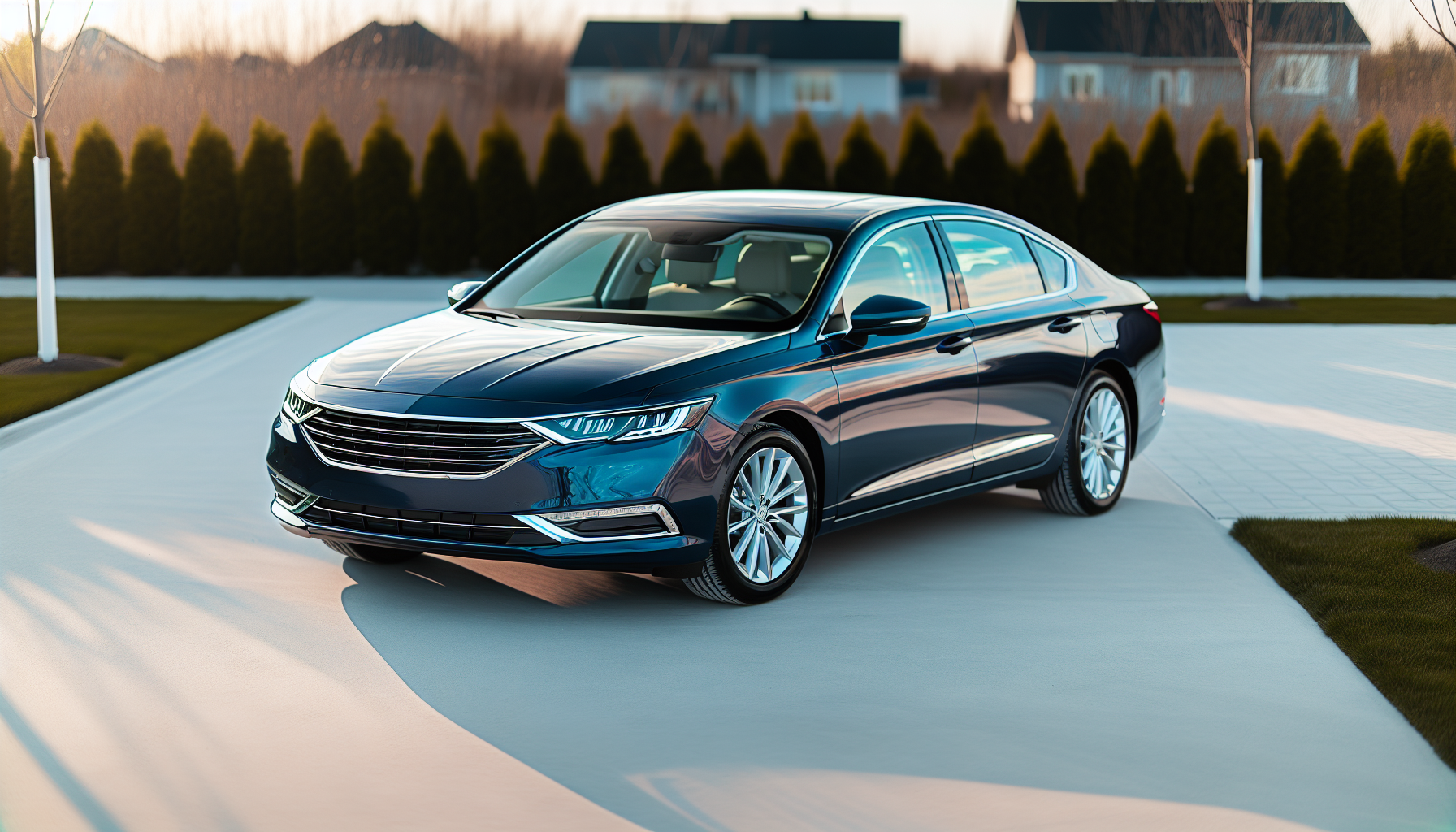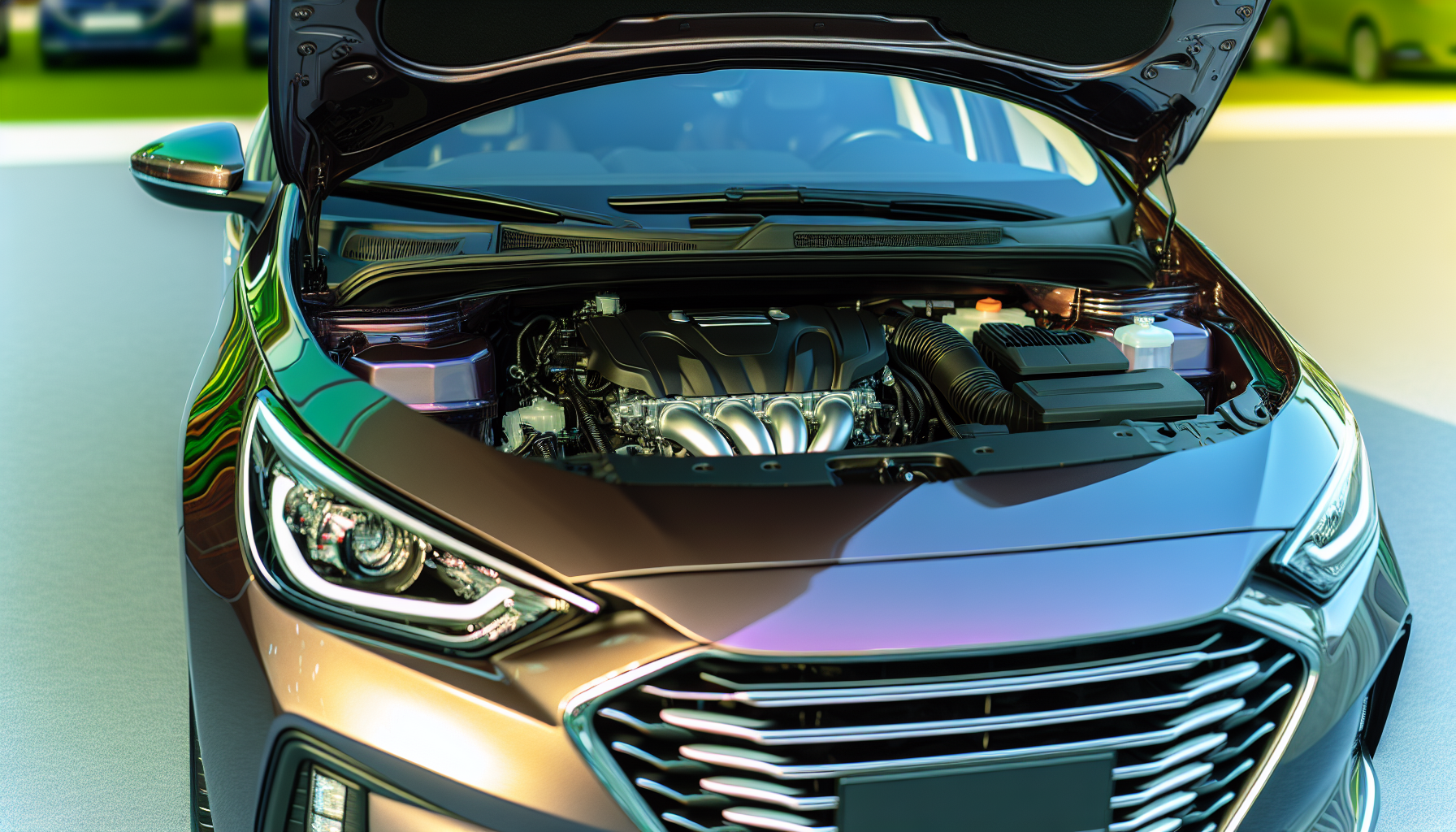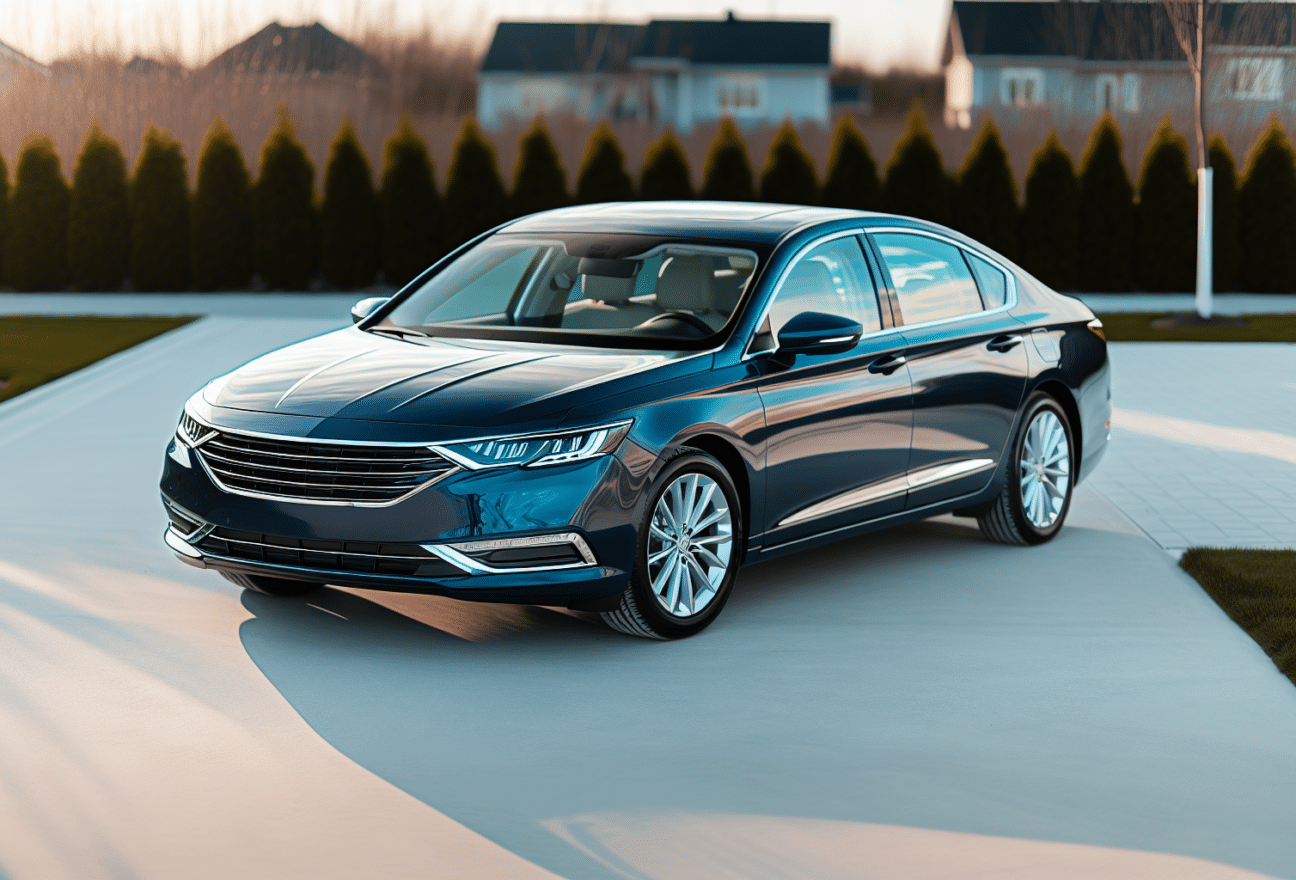Wondering what does car warranty not cover? Car warranties can save you from substantial repair bills, but they have key exclusions that can catch you off guard. In this guide, you’ll discover the limitations and fine print details typically not protected by a car warranty, helping you navigate the potential gaps in your vehicle’s coverage.
Key Takeaways
- Car warranties vary in type and coverage, including new car warranties, extended warranties, powertrain warranties, bumper-to-bumper warranties, and limited car warranties; each with specific coverages and exclusions (including pre-existing conditions and salvage vehicles), and come with different durations and mileage limits.
- Common exclusions in car warranties include regular maintenance, wear and tear, cosmetic damages, and aftermarket modifications, which are not covered; neglecting maintenance or making unauthorized alterations can void a warranty.
- When choosing a warranty provider, evaluate factory vs. third-party warranties, examine the provider’s reputation, compare warranty plans, understand contract specifics including claims process and cancellations, and consider additional perks like roadside assistance.
Types of Car Warranties and Their Coverage

A car warranty might seem like a safety belt for your wallet, protecting you from expensive repairs. But it’s not a one-size-fits-all shield. Car warranties come in different shapes and sizes, each with its unique coverage specifics. It’s vital to comprehend them to avoid being left high and dry with unmet expectations. So, let’s kick off our journey with the different types of car warranties.
From the new car warranty to the limited car warranty, each one offers a different level of coverage. But remember, a warranty, whether factory or extended, is not a green light to ignore regular maintenance. Not even the most wide-ranging coverage can protect you from the repercussions of neglect or misuse. That’s why comparing car warranties is essential to make an informed decision.
New Car Warranty
Imagine buying a new car, and the engine fails within a few months. Heartbreaking, isn’t it? That’s where a new car warranty steps in. This warranty typically lasts for three years or covers up to 36,000 miles, shielding you from the cost of factory defects. From powertrain protection to emissions, the new car warranty has got your back. However, remember, it doesn’t give you a free pass to neglect your car’s maintenance.
These warranties, also known as car warranty cover, are offered by vehicle manufacturers and cover various aspects of the vehicle for a specified period or mileage. A vehicle warranty ensures that if certain parts malfunction or fail to work as intended due to factory defects, the manufacturer will cover the repair or replacement costs. This allows you to relish your new ride, free from the anxiety of unforeseen repair costs.
Extended Warranty

What happens when your new car warranty is about to expire, and the thought of potential repair costs keeps you up at night? It’s time to consider an extended warranty. As the name suggests, this warranty extends the manufacturer’s coverage beyond the initial term of three years or 36,000 miles. However, bear in mind that this additional reassurance comes with a price tag.
Extended warranties can be offered by both manufacturers and independent companies, each with their different levels of coverage. From basic powertrain to full bumper-to-bumper plans, you can choose one that suits your needs and budget. However, it’s important to remember that extended warranty coverage doesn’t mean unlimited coverage. Ensure that you scrutinize the fine print to grasp exactly what is and isn’t covered.
Powertrain Warranty
Imagine this, you’re on a road trip, miles away from civilization, and your car’s engine gives up. Nightmare, isn’t it? A powertrain warranty is your safeguard against such situations. This warranty specifically covers the heart and muscles of your vehicle, namely the engine, transmission, and other essential drivetrain components.
Powertrain warranties typically last between 5 to 10 years, protecting major components like the engine and transmission for significant periods. This warranty gives you the peace of mind to hit the road without the worry of your car’s most vital parts giving up on you. However, bear in mind that not all parts of your car are covered under this warranty. Hence, it’s vital to comprehend what’s specifically covered before you set off on the road.
Bumper-to-Bumper Warranty

If warranties were superheroes, the bumper-to-bumper warranty would be the one wearing the cape. This warranty, also known as a comprehensive warranty, covers almost everything from the front bumper to the back. The standard duration is typically around 3 years or 36,000 miles. But remember, even superheroes have their weaknesses.
A bumper-to-bumper warranty does not cover everything. Standard wear items like tires, windscreen wipers, and batteries are typically not covered. Although this warranty provides broad coverage, grasping its limitations is crucial to dodge any unanticipated expenditures.
Limited Car Warranty
A limited car warranty is like a tailored suit, designed to fit specific parts and systems of your car. This warranty is often included in the cost of the vehicle and ends after a certain time period or mileage limit. But remember, this tailored suit doesn’t fit all. There are certain exclusions to be aware of.
Limited car warranties may cover specific parts and systems while excluding others. Grasping these specifics is vital to prevent any nasty surprises when you visit the repair shop. So, while a limited car warranty might not offer the most comprehensive coverage, it’s instrumental in safeguarding you against specific, costly repairs.
Common Exclusions in Car Warranties
Now that we’ve explored the safety net that car warranties offer, it’s time to discuss the holes in that net. Yes, we’re talking about exclusions. From wear and tear to aftermarket modifications, understanding these common exclusions is as important as knowing what’s covered.
First things first, car warranties are not your ticket to neglect regular maintenance. Neglecting manufacturer-recommended maintenance can void the warranty. Also, standard wear items like tires, windscreen wipers, and batteries aren’t typically covered. Unauthorized repairs or improper vehicle usage can also void your warranty. Although a car warranty serves as a robust safety net, being mindful of these loopholes is crucial.
Wear and Tear
If you buy a pair of shoes and wear them every day, they’re bound to wear out eventually, right? The same principle applies to cars. Routine maintenance items and overall wear and tear are typically not covered under a new car warranty. So, if your tires wear out or your battery needs replacement, you’ll have to bear the cost.
Remember, components that experience normal wear and tear, such as spark plugs, tires, and batteries, are not covered by car warranties. So, while your warranty might cover a sudden engine failure, don’t expect it to foot the bill for a worn-out brake pad.
Routine Maintenance
Remember the saying, “Prevention is better than cure?” Well, it applies to cars too. Routine maintenance like oil changes and tire rotations is crucial to keep your car running smoothly. But here’s the catch. Car warranties typically do not cover these routine maintenance costs.
While some vehicle service contract providers might offer maintenance plans that cover regular services, they’re typically not included in standard vehicle service contracts. Even as car owners take comfort in their car warranty’s protection, don’t forget to allocate funds for routine maintenance costs. As a vehicle service contract provider, it’s essential to remind clients of the importance of routine maintenance.
Cosmetic Damage

While a dent on your car’s door might hurt your pride, it doesn’t affect how your car runs. That’s why car warranties typically exclude coverage for cosmetic damage. These warranties are designed to cover mechanical failures, not aesthetic impairments.
So, whether it’s a scratch on your car’s paintwork or a crack in your windshield, cosmetic damages are typically not covered. While it might be disappointing to bear these costs, keep in mind that the purpose of your warranty is to keep your car running, not looking brand new.
Aftermarket Modifications
Modifying your car might seem like a cool idea. But before you go installing that turbocharger or flashy exhaust, consider this. Aftermarket modifications can affect your warranty coverage. Car warranties typically exclude coverage for these modifications, as they can alter the performance and functionality of the vehicle.
In fact, if an aftermarket modification causes a failure in another component of your car, any repairs needed as a result may not be covered under the warranty. Even though that performance upgrade may increase your car’s speed, it could also accelerate the cancellation of your warranty.
Vehicle Service Contract Providers and Their Offerings
Now that you’re familiar with the different types of warranties and their exclusions, let’s take a detour to explore who provides these warranties. Vehicle service contract providers can offer a safety net beyond the manufacturer’s warranty, providing coverage for repairs once the original warranty expires. But remember, not all providers are created equal.
From dealership extended warranties to third-party providers, each comes with its own set of benefits and drawbacks. Understanding these can help you make an informed decision about who should provide your warranty. Regardless of your choice, comprehending the specifics of the coverage they provide is essential.
Factory Warranty vs. Third-Party Warranty
When it comes to warranty providers, you have two main options – factory warranties and third-party warranties. Factory warranties, as the name suggests, are provided by the vehicle’s manufacturer. They often align with the manufacturer’s original warranty and may offer the convenience of repairs at the dealership.
Third-party warranties, on the other hand, are offered by independent companies. They often provide more flexible and comprehensive coverage options, which may be less expensive than dealership warranties. However, they might come with requirements of a deductible for service, which is generally not the case with factory warranties. So, when choosing between the two, consider your needs, budget, and the reputation of the provider.
Evaluating Warranty Companies

Choosing a warranty provider is like choosing a travel buddy. You want someone reliable, trustworthy, and with a good reputation. But how do you evaluate warranty companies? Start by checking customer reviews and expert opinions. These can give you insights into a company’s reputation and service quality.
Comparing warranty plans is also crucial. Look at the differences in coverage, cost, service flexibility, and how repairs are paid for. Also, watch out for potential red flags like high-pressure sales, numerous exclusions, and difficulties in customer service communication. Keep in mind that an informed decision always equates to a wise one.
Navigating Pre-Existing Conditions and Salvage Vehicles
Certain conditions can make it challenging to obtain warranty coverage. Two such conditions are pre-existing issues with the vehicle and salvage titles. Understanding these can help you navigate the complex landscape of car warranties.
Pre-existing conditions refer to any issues present in the vehicle at the time of warranty purchase. Salvage vehicles, on the other hand, have been declared a total loss and are considered high-risk. Both these conditions can impact your warranty coverage, so it’s worth exploring each in detail.
Pre-Existing Conditions
Imagine buying health insurance and then trying to make a claim for a condition you had before purchasing the policy. It wouldn’t work, right? The same principle applies to car warranties. Pre-existing conditions in your vehicle are typically not covered by extended warranties.
So, if you’re aware of an existing issue with your vehicle, don’t expect the warranty to cover it. However, that doesn’t mean you can’t get a warranty at all. Vehicles with pre-existing conditions may still qualify for an extended warranty that covers future issues. But remember, honesty is the best policy, so always disclose any known issues when purchasing a warranty.
Salvage Vehicles
The term ‘salvage vehicle’ might sound like something out of a post-apocalyptic movie, but it’s a term you need to understand when dealing with car warranties. A salvage vehicle has been declared a total loss, often due to significant damage. As a result, they’re considered high-risk and are often excluded from standard warranty plans.
If you’re considering getting a warranty for a salvage vehicle, remember to verify that the vehicle has been properly rebuilt. Some specialty providers may offer limited protection plans for these vehicles, but it’s crucial to read the fine print and understand exactly what’s covered.
The Fine Print: Understanding Your Warranty Contract
We’ve navigated the winding roads of car warranties, understanding the different types, exclusions, providers, and tricky conditions. But before we reach our destination, there’s one last stop – understanding your warranty contract. The fine print of your warranty contract can hold vital information about your coverage.
From understanding the claims process to the cancellation policy, grasping every facet of your warranty contract is crucial. This understanding will help you avoid any roadblocks on your journey with your car warranty. So, let’s buckle up and dive into the fine print.
Reviewing the Contract
So, you’ve got your warranty contract in hand. Now what? It’s time to put on your reading glasses and dive in. Understanding the terms and conditions, including what’s covered, what’s not, and how to file a claim, can help you make the most of your warranty.
Remember, the warranty contract is like a map of your coverage. It can tell you how much you might need to pay for repairs, whether there’s a cap on labor costs, and even whether you need to use specific service centers for repair work. So, before you embark on your journey with your warranty, ensure you have decoded the map.
Roadside Assistance and Other Perks
Finally, when reviewing your contract, don’t forget to look out for additional perks. Some warranty plans might offer roadside assistance, trip interruption coverage, or rental car reimbursement. These perks can add value to your plan and offer peace of mind on your journey.
Therefore, before finalizing your contract, ensure you’re aware of these additional benefits.
Summary
Navigating the world of car warranties can feel like a long, winding journey. But with the right knowledge, it can be a smooth ride. From understanding the different types of warranties to knowing the common exclusions and evaluating warranty providers, every step is crucial. Remember, a car warranty can be your best travel buddy, protecting you from unexpected repair costs. So, buckle up, read the fine print, and enjoy the journey!
Frequently Asked Questions
What are two items typically not covered in a car warranty?
Typically, car warranties do not cover items such as tires, brake pads, wiper blades, and light bulbs, which degrade due to normal wear and tear. These are considered parts that wear out from intended use.
What is a car warranty?
A car warranty is a type of insurance that pays for the cost of parts and labor for mechanical problems with the car, providing financial protection against potential repair costs.
What is the difference between a factory warranty and a third-party warranty?
The main difference between a factory warranty and a third-party warranty is that factory warranties are provided by vehicle manufacturers and repairs are done at the dealership, while third-party warranties are offered by independent companies, offering more flexible and comprehensive coverage options and may be less expensive.
What should I look out for when reviewing my warranty contract?
When reviewing your warranty contract, be sure to carefully review the terms and conditions, coverage details, claims process, labor cost limit, and any additional benefits like roadside assistance or rental car reimbursement. Understanding these can help you make informed decisions about your warranty.





